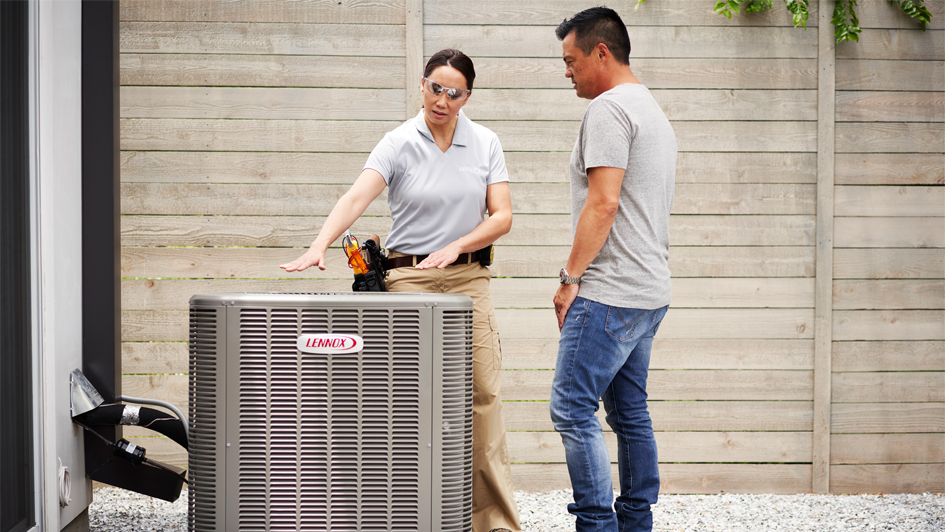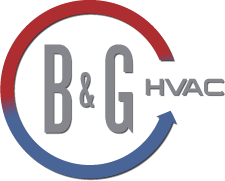
Choosing the right HVAC system size for your home is vital. It impacts your ability to enjoy your home and your energy bills. In this HVAC sizing guide, the specialists at B & G HVAC will explain how to determine the right size of heating and cooling system for your home, what features they take into account and why selecting the most suitable size HVAC is so important to your satisfaction.
Why HVAC System Size Matters for Home Comfort and Efficiency
Proper HVAC size varies from home to home. Your HVAC system needs sufficient heating and cooling capacity to make your entire home cozy. It shouldn't have to work extremely hard to keep up in extremely scorching or chilly weather. However, an HVAC system that's too large is inefficient, increases your energy expenses and can create issues that make your home less comfortable.
Critical Features Professionals Consider for HVAC Sizing in Marshalltown, IA
To choose the correct HVAC system size for a home, the HVAC installation specialists at B & G HVAC perform a Manual J load calculation to determine how many British Thermal Units (BTUs) are necessary to heat and cool and the home. A Manual J calculation evaluates multiple elements, such as:
- Size of the home: The size of the home is arguably the most significant factor in choosing the size of your HVAC system. How much space will your new HVAC system need to keep comfortable?
- Amount of insulation: A fully insulated home maintains the indoor temperature more efficiently, which can influence how much heating and cooling capacity you require.
- Regional Climate: The local climate in Marshalltown, IA, has a significant role in determining the appropriate size HVAC. Homes in warmer climates might need a system with a higher cooling capacity, while cooler regions may require less.
- Window size: Windows can be a major source of energy loss. The number, size, type of glass used, and whether they’re single or double paned can considerably impact heating and cooling requirements.
- Sun and shade: A home that gets a considerable sunlight will inherently be warmer than one that doesn't, which affects central air sizing. Positioning in relation to prevailing winds and number of nearby shade trees also influence the correct HVAC size.
HVAC Size Mistakes Homeowners Often Make
A frequent mistake homeowners make when choosing the size of home HVAC system is to rely solely on square footage. While the square footage of your home has a major impact on what size HVAC you need, other considerations also influence how much heating and cooling capacity is necessary to keep your home pleasant.
Another typical mistake is not engaging a professional. It's crucial to have a skilled HVAC technician perform a Manual J calculation, which takes all the essential factors into consideration to find the appropriate HVAC size.
Why Is Your Home HVAC System Size Important?
An inadequately sized system can cause comfort problems and drive up your monthly power bills. Here's a detailed view of the pitfalls of a wrong-sized HVAC:
Problems with HVAC systems that are too small:
- Reduced lifespan and breakdowns: HVAC systems that don't have enough power often seem to run all the time to strive to maintain the temperature in a home, leading to increased wear and tear. This can lead to breakdowns and even require premature HVAC replacement.
- An uncomfortable home: Small HVAC systems don't have enough power to heat and cool your whole home, which can cause hot, stuffy rooms or areas of your home that are far too cool.
- Higher energy expenses: An underpowered HVAC system that works constantly trying to keep up uses more energy, running up your monthly power bills and costing you money. A properly sized and energy-efficient HVAC system uses less power and helps to reduce your monthly bills.
Oversized HVAC system problems
- Wasted money: Larger HVAC systems tend to cost more money, so investing in more heating and cooling capacity than your home needs is an avoidable expense.
- Reduced lifespan and breakdowns: HVAC systems that are oversized often cycle on and off, referred to as short cycling. This can lead to wear and tear on your machine, shortening its service life or requiring HVAC repair.
- Excessive indoor humidity: An HVAC system should regulate indoor humidity, but an oversized HVAC system may lack adequate runtime to accomplish that task. This can lead to indoor air quality issues, and encourage the growth of mildew or mold.
Get Professional HVAC Sizing and Replacement by Working with B & G HVAC
Now that you understand some of the aspects of your home that impact what HVAC system size is right for you, it's time to select a new heating and cooling system. B & G HVAC is here to help.
We’ll evaluate your home and provide you with a free, no-obligation estimate for HVAC installation. We’ll evaluate your home to determine the ideal HVAC system size for you, so you can experience comfort every day of the year.
Call 641-316-3360 today to book your free estimate for HVAC installation in Marshalltown, IA.


